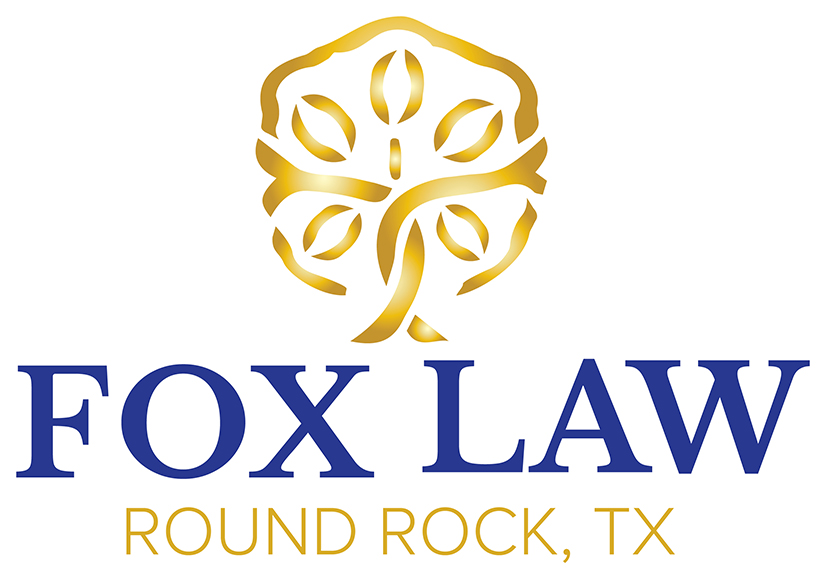| Collaborative | Litigation |
| The parties agree to respect each other and openly communicate with each other. | The Court atmosphere may feel like a battleground. |
| The parties, while working together, control the entire process and make all the final decisions. | The Court system dictates the process and makes the final judgment. |
| The parties control the length of the process. | The Court sets deadlines and time limits. |
| The parties communicate directly with each other, the other party’s attorney, and any neutral third party(ies). | The attorneys communicate on your behalf with each other. |
| Expenses are managed between the parties, their attorneys, and neutral third parties & are openly discussed. | Expenses for hearings can be costly and often times the Court’s schedule may require the parties, their attorneys, and witness to return on another day. |
| The parties agree on neutral third parties which can include a financial professional and/or mental health professional. Both parties utilize the same neutral third party(ies). | The parties retain separate financial and mental experts and are independently responsible for such costs. |
| The attorneys work together with the parties and neutral third party(ies) to reach a settlement that reflects both parties interests. | The attorneys make verbal arguments to the Court and provide the Court with potentially damaging evidence regarding the other party & witness testimony in hopes of prevailing. |
| The parties’ personal and financial information is kept between the parties, their attorneys, and neutral third party (ies). | The parties’ written disputes in pleadings are public record. |


